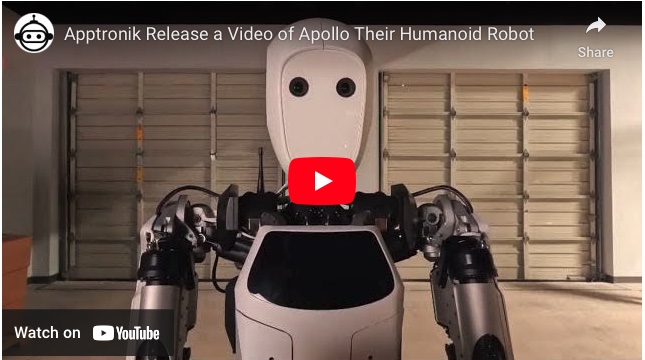With industrial robots, we tend to focus on their arms. Service robots? We think about their mobility, so the focus is likely to be on their wheels or legs. But researchers are beginning to pay more attention to robot faces.
What do robot faces look like?
Often, robots that have faces look a lot like humans: they have two eyes in the spot where eyes would be. Sometimes though not always, they have something in the place where a nose or mouth would be, too.

There’s no real reason for robots to have faces, but they often have something that is graphically recognizable as a face.
What are robot faces for?
When robots have faces, it’s usually intended to improve interaction with humans. The eyes might have cameras just because human makers of robots think cameras are like eyes, but otherwise, the point of a face for a robot is communication…much like the point of a face for humans.
Robot faces can be a double-edged sword when it comes to social interaction. On the one hand, they can establish rapport and trust with humans. Facial expressions are a powerful tool for conveying emotions and intentions, making interactions more natural and user-friendly. For instance, a service robot with a friendly smile might be perceived as more approachable than one without. Facial features can also be used for nonverbal communication, much as humans use facial expressions during interactions. This can be helpful for robots to indicate things like understanding, confusion, or needing clarification. A well-designed robot face can also make a robot more visually appealing and less intimidating, especially for children or people apprehensive about robots.
However, there are also challenges to consider. Some people argue that robots with overly human-like faces can fall into the “uncanny valley,” where they appear almost human but not quite, causing feelings of unease. Additionally, there are ethical concerns about robots using facial expressions to deceive users.
Industrial Robots vs. Service Robots
The need for a face on a robot depends largely on its function. For industrial robots that operate in warehouses or factories and don’t interact with people, faces may not be necessary and could add complexity to the design. These robots prioritize function over form, so features like cameras or sensors might be more crucial. Of course, that’s how cameras often end up in the place where eyes are found.
And there have been examples of end users adding faces to robots. Googly eyes stuck on a robot make sense to human beings.
Humanoid General Purpose Robots
The question of whether humanoid general purpose robots need faces is more complex. If a general-purpose robot is designed to perform a wide range of tasks, including interacting with people in various settings, a face could be advantageous for social interaction and communication. However, just like with industrial robots, adding a face increases complexity. The purpose of the robot and the importance of social interaction should be weighed against the additional design challenges.
In essence, the importance of robot faces hinges on the specific role a robot is designed to fulfill. For social service robots, faces can enhance user experience, while for industrial robots, other features likely take priority. The ethical implications and user perception should also be considered when designing robots with human-like features.
Facial expressions
Recent research is working toward natural, human-like facial expressions for robots. Researchers at Columbia University have created Emo, a robot which can not only replicate human expressions, but anticipate them when watching a human. This allows Emo to smile in response to a smile, where earlier robots like Sonia or Ameca would react with enough of a time gap to make people uncomfortable.
Is this creepy or deceptive? Right now, many people find humanoid robots both creepy and deceptive. With time, that might change.
